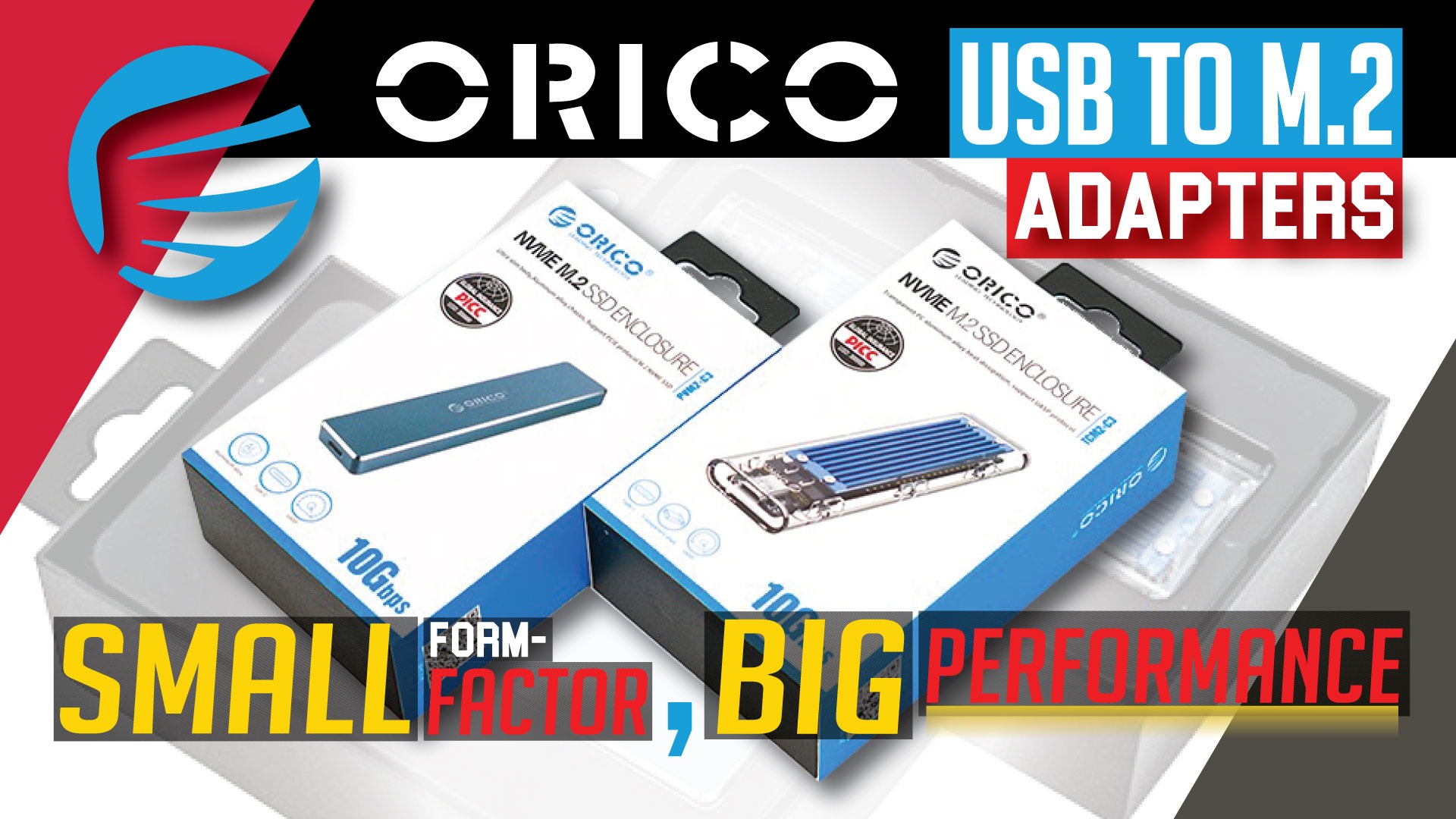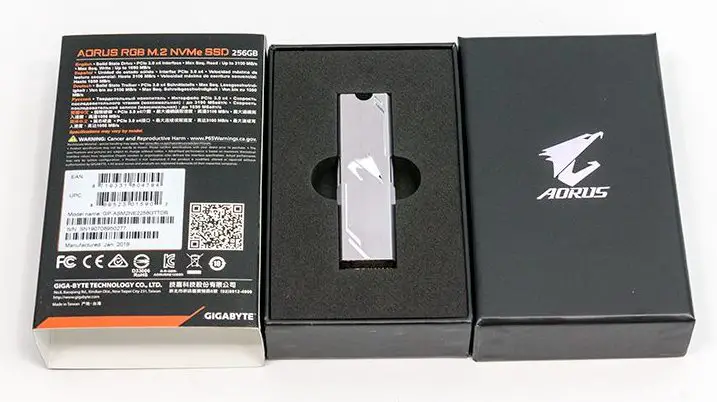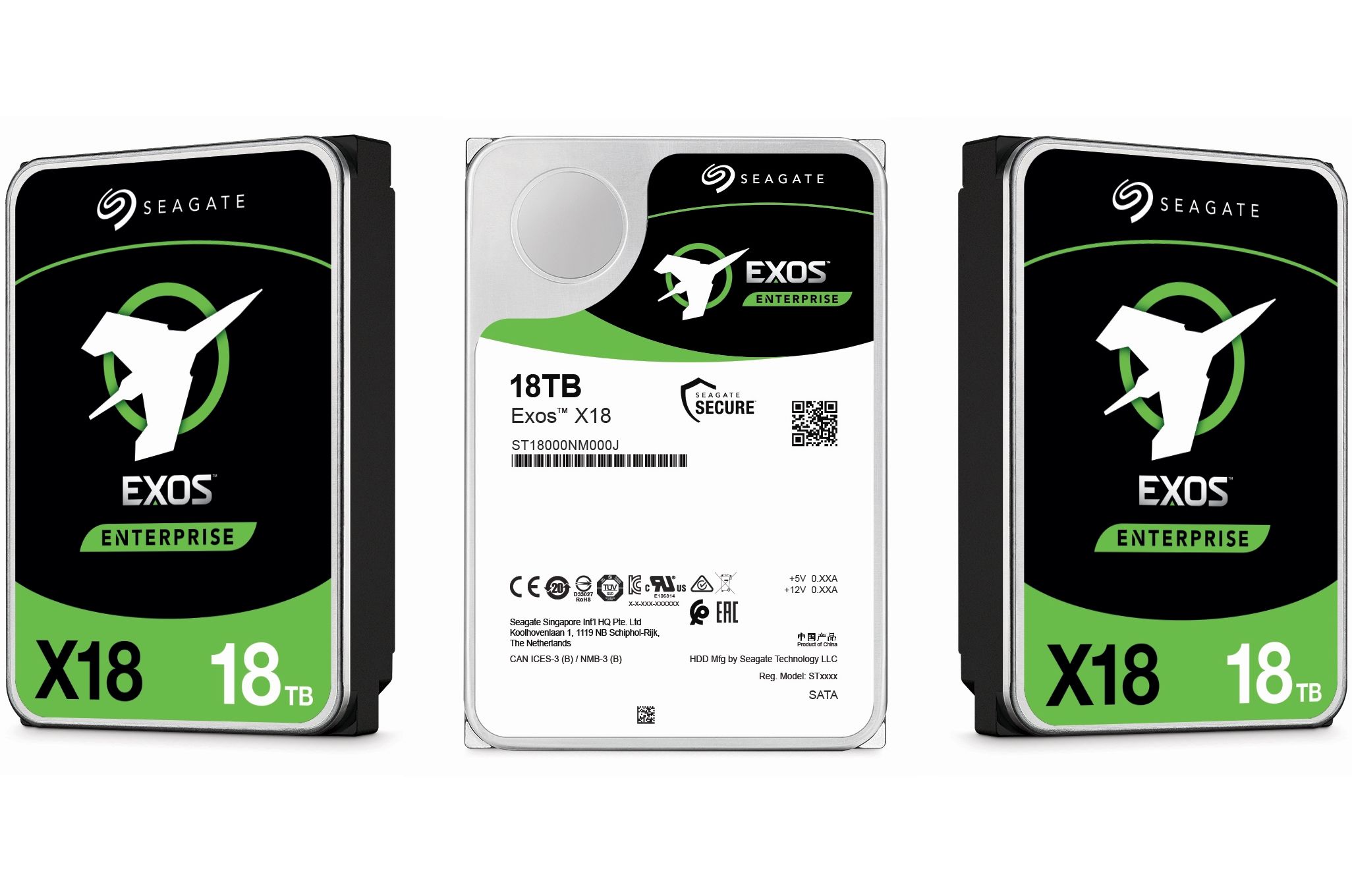Let us start by stating the obvious. Both options are going to offer buyers precisely the same short-term performance, as both use the exact same PCB with same JMicron controller. So, for the typical USB storage using buyer performance really is not going to be a deciding factor. Both are more than up to the task of saturating an empty USB 3.1 gen 2 bus. With support for everything from tiny 30mm to the more typical 80mm long (by 22mm wide) M.2 cards, both also offer the exact same NVMe M.2 storage compatibility options (i.e. only M22110 owners are SOL, everyone else is covered). Put simply either option is sure to please. Honestly, we would easily place Orico’s NMVe to USB adapters in the same category as more firmly established, and better known, brands. They work and they work well at what they were intended to do. So while Orico may not be a household name right now, if they keep creating devices so choke full of value, they are almost assuredly going to be in the future.
With that taken care of, for those who really, really want to dial in their user-experience and get the most optimal variant a few questions will have to be asked. Namely how do you plan on using the device; and what is more important: durability or aesthetics. These two questions will make deciding on which option a snap as the TCM2 is more attractive, but the PVM2 is not only more robust it will keep temperatures in check better over longer periods of time.
For what it is worth, of the two models, the snap close version of the PVM2 is our favorite… as we use our storage devices hard, for extended periods of time, and have been known to drop them on hard surfaces from time to time. The reason we prefer the PVM2, but do respect the TCM2, is two-fold. Firstly, an all metal frame is not only going to be able to take a beating better than polycarbonate, it is also more efficient at heat transfer. The last also goes hand in hand with the fact that by using metal and and a snap+screw setup instead of slide to close configuration more heat pads can be used to help heat transfer from the NVMe drive to the chassis. This simply makes the PVM2 more optimal for power users and those harder on their equipment.
Conversely the TCM2, is perfect for those who demand all their equipment look as good as they are powerful. For example, Apple users will never be ashamed of plugging a TCM2 into their system. The TCM2 is also no slouch in the cooling department, it just will be less than optimal compared to the PVM2. Simply stated, for single sided M.2 storage devices the TCM2 will keep temperatures in check as its chunk of aluminum with cooling fins will get the job done, but will not be as optimal as the PVM2 when it comes to double sided devices. It also has less mass than the PVM2 so temperatures of the drive housed inside TCM2 will slowly but surely climb higher than those in the PVM2. For most users this is why length of time you expect to have the device plugged in will matter more rather than what types of files you plan on moving across the USB bus.
So if you want a device that is drop dead gorgeous, and yet only makes a few tradeoffs to get said beauty and elegance, the slightly less expensive TCM2 and its multiple color options will be best suited for your needs. If on the other hand you are the type of person who expects their external devices to be able to take a beating and stay cool under long term pressures… the PVM2 is worth the few extra dollars. Both can whistle the tune of the other, but are really meant for different customers. Either way you can rest assured that you are getting about as much performance as you can get from USB 3.1 gen 2 interface.

The Review
Orico TCM2 & PVM2
With their combination of great (for its class) performance, abilities to pass TRIM and generally great aesthetics both the TCM2 and PVM2 deserve to be on your short list. Just understand that both models are targeted at slightly different demographics. So choose the one that best suits your needs.










